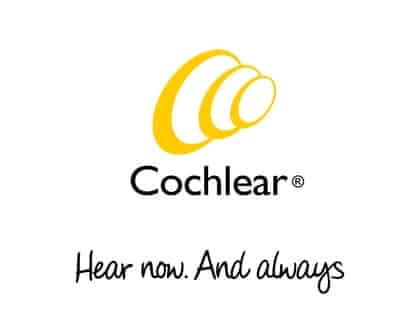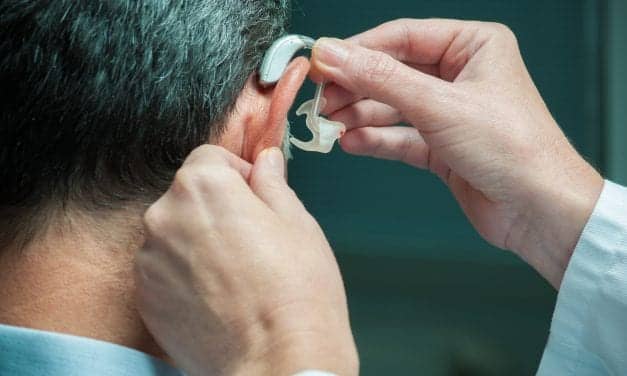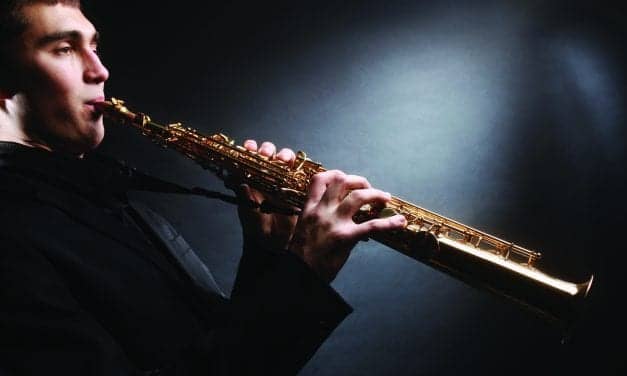While administering a screening test for dementia is relatively simple, the process and results may trigger significant emotions and anxiety within the patient. The patient may feel confused, vulnerable, and scared. This article addresses these issues, and how to manage and minimize negative thoughts and feelings associated with dementia screenings. Further, this article by audiologists Douglas Beck, Barbara Weinstein, and clinical psychologist Michael Harvey offers how to use dementia screening processes and outcomes to do what is truly in the best interest of the patient—not just with regard to hearing and listening, but globally, too.
Read More















